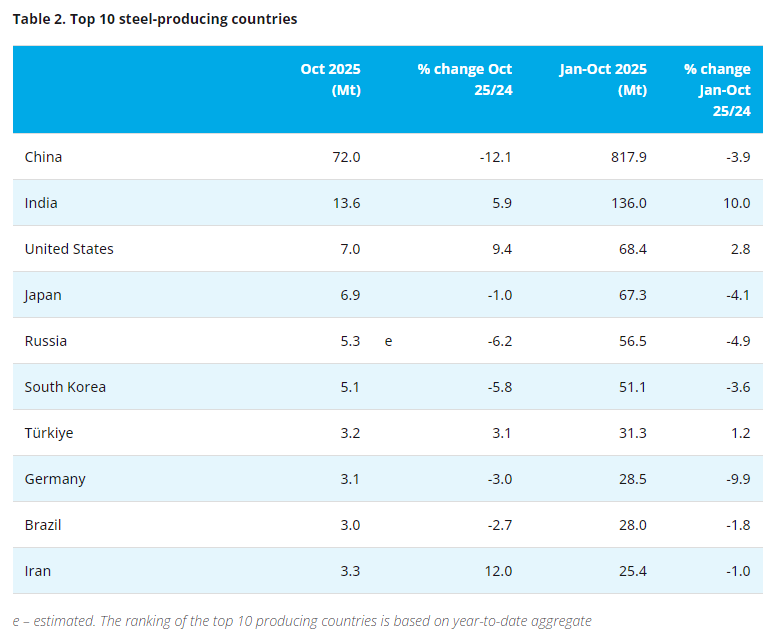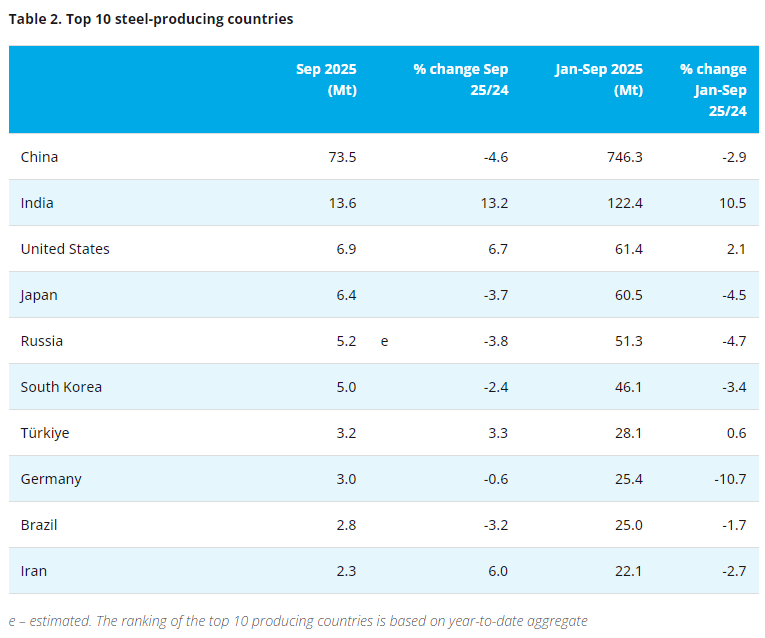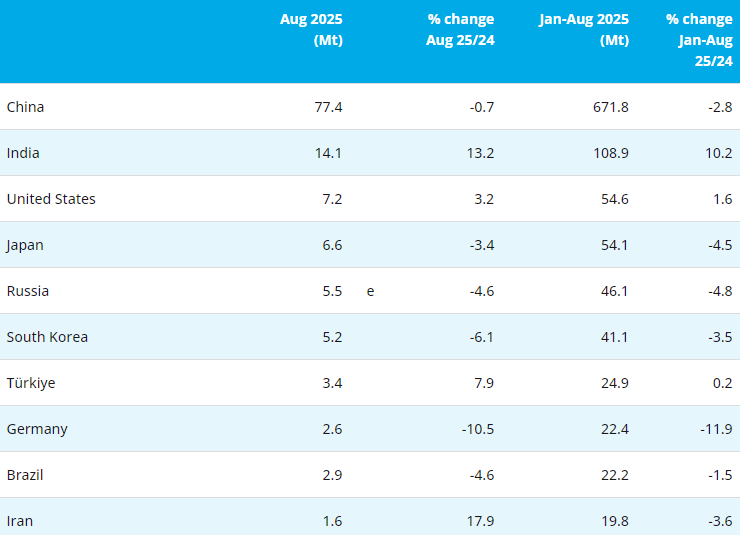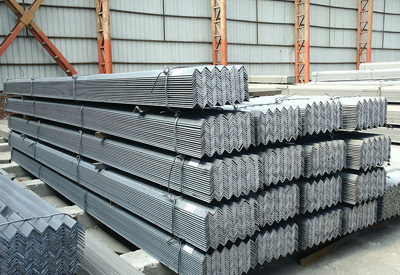[ferro-alloys.com]Global aluminum demand is expected to contract by a "significant" 5.4% this year from 2019 levels, leading to stockpiling, because output so far this year has increased, according to Miles Prosser, secretary general of the International Aluminium Institute.
Still, demand is set for strong growth medium term as governments invest in infrastructure and the construction and automotive sectors to speed economic recovery post-coronavirus pandemic, Prosser said in an interview with S&P Global Platts, citing information from research analyst CM Group.
Primary aluminum production so far this year has increased partly because it is difficult to turn off smelters whose efficiency depends on consistent electrical energy supplies, he noted.
"Global primary aluminium production in 2019 was 63.7 million mt," Prosser said. "Our data for 2020 through to end of May suggests no reduction in global production overall as a result of the Covid pandemic, and in fact a slight increase. This global figure reflects regional increases in North America, GCC (the Gulf) and China, and reductions in Africa, South America, Other Asia (excluding China) and Western Europe compared to the same period in 2019."
Global output increased on a year-on-year basis by 0.4% in January this year, followed by increases of 4.4% in February, 1.3% in March, 0.6% in April and 0.7% in May, according to IAI.
Aluminum market growth rates can be expected to average between 2%-4% per year in the medium to long term – above expected average global economic growth rates – because demand will accompany population growth and the need for more construction, autos and packaging. This will take demand of around 90 million mt today to an estimated 150 million mt by 2040, including recycled material which currently accounts for around 35% of total demand and should rise to 45% of demand by 2040, according to IAI scenarios.
"Ahead lies greater optimism for the industry post-Covid," Prosser said. "The current pandemic has brought on structural change. We see demand growth for aluminium continuing very strongly for 10-20 years and we will need a lot more production than what we have today."
Output, demand 'mismatch'
Overcapacity has been cited as a problem in the global aluminum industry, particularly following reported market surpluses last year and early this which led to a spate of depressed prices. However, Prosser sees this as a "slight mismatch between present production and demand, which we can expect the market to sort out. The oversupply issue will be less of a problem the further into the future you look, though I don't question it's an issue at the moment."
Months of depressed metal prices have nonetheless taken their toll: Rio Tinto announced early July it will close its New Zealand Aluminium Smelter, which produced 351,000 mt of primary aluminium in 2019, by August 2021 on high costs, while Alcoa announced plans in April to idle its US Intalco smelter by the end of this month. Earlier this year some analysts maintained that almost one quarter of smelter capacity had been lossmaking at aluminum prices under $1,500/mt -- and Prosser admits that there should continue to be opportunities for mergers and acquisitions in the industry, which could be positive for the sector overall.
Some fundamental market changes – on capacity investments, reporting and government spending - now point to the aluminium sector becoming better structured in future, according to Prosser.
Overcapacity is likely to be a temporary problem because capacity investment levels are changing, he said. Over the past 20 years most of the new smelter capacity has emerged in China, but "now China is reaching a plateau in its aluminium production levels so it's not clear where investment will occur," he said.
The market is also likely to gain transparency from the London Metal Exchange's recent initiative to ask metals warehousers to report "off-warrant" stocks storage – that is, to report how much metal is being stored outside the traditional LME warrant system, which now represents only a limited part of the market.
The new reporting system, results of which started to be published last week, "will give more visibility, although some metal will still be invisible to the market," Prosser said.
The extent and timing of government intervention in economies to encourage infrastructure investment will be a crucial factor in supporting aluminium pricing in the next phase of the coronavirus pandemic and this intervention should be a "net positive" for the industry, the IAI secretary general said.
Aluminum prices have been on a rising trend since hitting a recent low of $1,421/mt in early April, reflecting China's economic recovery after the peak of the pandemic there and growing positive sentiment in equity markets globally that the worst is over. LME cash prices closed July 17 at $1,618/mt.
(S&P Global Platts)
- [Editor:王可]



 Save
Save Print
Print Daily News
Daily News Research
Research Magazine
Magazine Company Database
Company Database Customized Database
Customized Database Conferences
Conferences Advertisement
Advertisement Trade
Trade















 Online inquiry
Online inquiry Contact
Contact

Tell Us What You Think